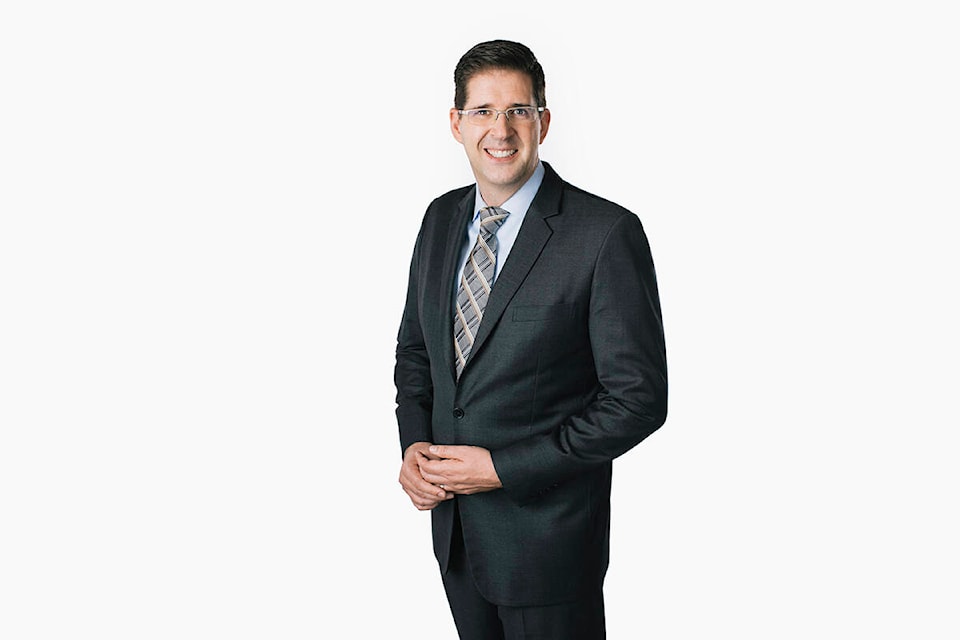Last month, Senior Wealth Advisor Dave Lee shared some things to consider before deciding when to start taking CPP and OAS. The longer you wait, the more you’ll receive each month, but that’s not the only factor affecting retirees.
“Many people are driven by the desire to ‘at least get something,’ so they want to start collecting CPP and OAS right away. A common worry is that the government won’t be able to afford these programs in the future. This concern is very understandable, but the ‘fear of missing out’ can lead to poor decisions,” Dave says.
Where does the money for OAS and CPP come from?
The funding for OAS (Old Age Security) and CPP (Canada Pension Plan) come from very different places, and that makes a big difference in how secure these two retirement benefits are.
- CPP: Workers pay into the CPP on every paycheque, and the funds are held separate from the reach of government and invested. “In the 1990s the money going into CPP wasn’t sufficient to meet the future needs of Canadians. Since then, required contributions have risen significantly. The good news is that strategy worked, and now the CPP is very secure,” Dave says. More gets paid into the fund each year by employees and employers than is paid out in pensions, and as of March 2022 there was $539 billion in the CPP fund. Moreover, the investments have consistently made solid returns. In other words, it’s a big pot of money, it keeps growing, and it won’t run out for a very long time.
- OAS: OAS is a ‘pay as you go’ system that is funded by the federal government out of general revenues. That’s very different from the CPP — there isn’t a pool of money set aside to fund it. “While reductions to OAS would be very unpopular, it’s hard to ignore the fact that we have a growing number of seniors in Canada. This means to continue funding OAS in its current form, increases in the cost to taxpayers are necessary. The two most recent changes to OAS have been to make it more generous, but at some point, financial pressures may force the government to reduce benefits.”
READ MORE: Understanding retirement savings: What pensions Canadians receive, and when
CPP vs OAS: which should you take first?
Since the funding for CPP is more secure than for OAS, someone who is concerned about pension sustainability may lean towards start OAS sooner than CPP.
“My previous article shared that the deferral of CPP payments provides a greater increase to pension payments than the deferral of OAS, so if you’re trying to choose one to start and one to defer, consider starting OAS right at 65 and deferring CPP until later,” Dave says.
Even though OAS is not as well funded as CPP, Dave doesn’t expect changes to OAS right away.
“Not that long ago the federal government decided to adjust the starting point for OAS from 65 to 67, but the change was unpopular, and the decision was reversed before taking effect,” he says. “Will it be around forever? Well, with an aging population, there will be financial pressure to reduce the cost of OAS one way or another. On the other hand, CPP is projected to last at least 75 years, and likely much longer.”
For more on CPP and OAS, and what you should consider before you start receiving benefits, read What’s the best time to take CPP and OAS, or make an appointment with Dave Lee in White Rock.
Call 604.535.4743 or email dave.lee@scotiawealth.com to discuss investments, life insurance, retirement planning, estate planning, generating income and minimizing your taxes. Follow him on Facebook, Twitter and LinkedIn for more financial insights.
ScotiaMcLeod, a division of Scotia Capital Inc.
